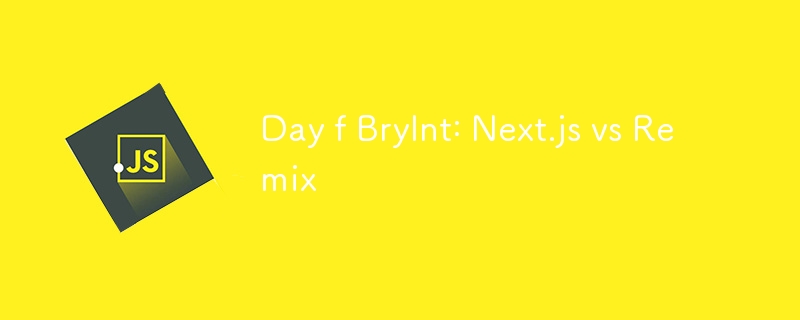

Hey everyone! I know this isn’t directly about the making of Brylnt, but I ran into some issues deciding which framework to use, and I thought I’d share my thoughts on two popular contenders: Next.js and Remix.
Both frameworks are excellent, and depending on the project, either could be the right choice. Since I’m using the T3 Stack, which includes Next.js, I naturally leaned toward it, but I was curious about how Remix compares. So here’s a quick breakdown of my thoughts on each:
Next.js has been around for a while and has grown to become a go-to for React developers. It offers built-in server-side rendering (SSR), static site generation (SSG), and API routes. Here’s what I love about it:
Remix, on the other hand, is a newer framework that focuses on performance and user experience. It’s gaining a lot of traction due to some unique features:
After some thinking, I’m sticking with Next.js for Brylnt. The flexibility with SSR and SSG, its maturity, and the fact that it integrates seamlessly with the T3 Stack really make it a better choice for my needs. Plus, with Next.js, I can easily scale and optimize the landing page and my client’s websites without switching frameworks down the line.
That said, I see why Remix is gaining traction, and for more user-interaction-heavy apps or projects where performance at scale is crucial, Remix would be a strong contender.
Thanks for reading through this! I’ll be back to regular Brylnt updates soon—just had to work through this framework decision first.
The above is the detailed content of Day f Brylnt: Next.js vs Remix. For more information, please follow other related articles on the PHP Chinese website!




